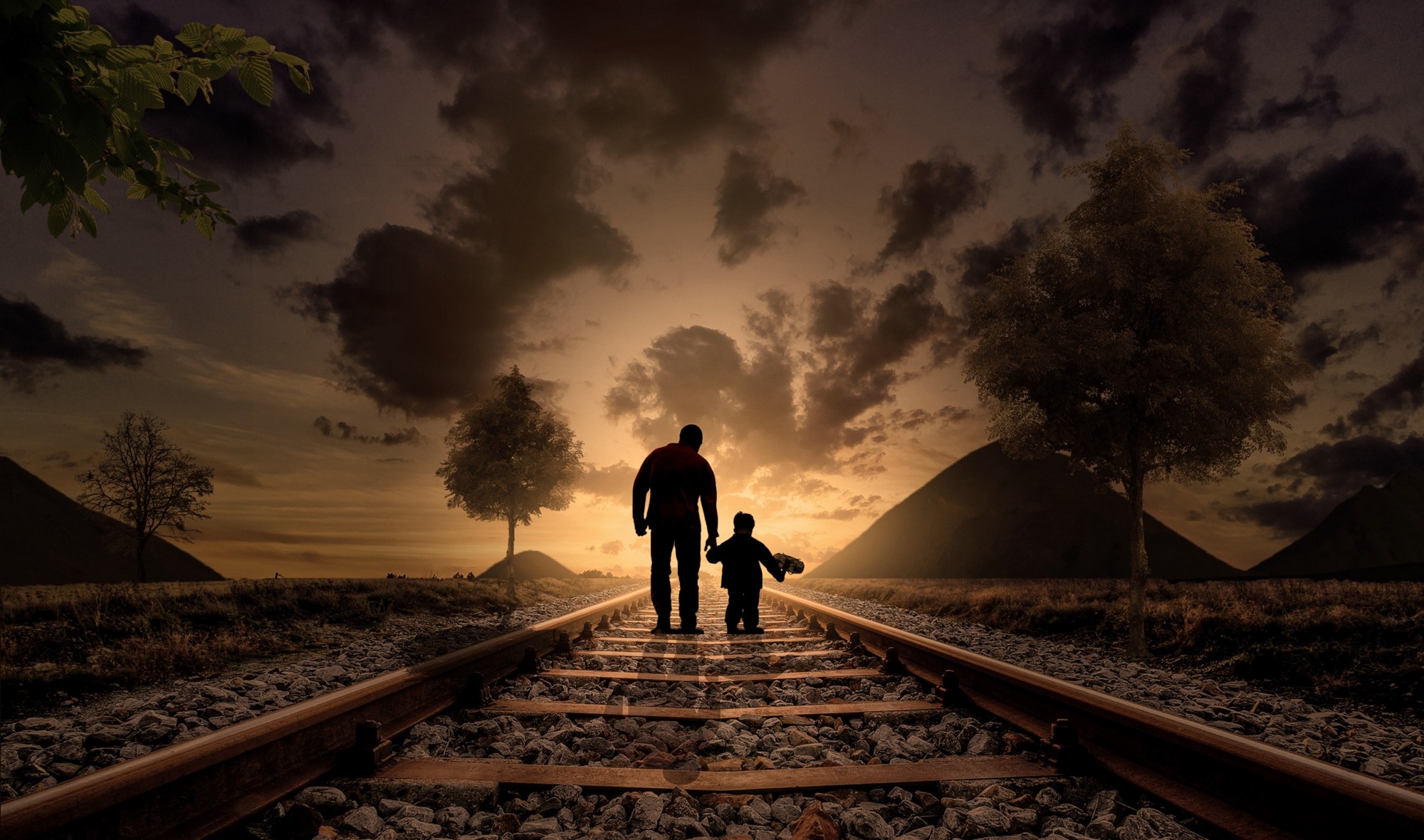
Responses (1)
a Field Note
published on July 1, 2020
Five Secrets To Taking Better, More Sharp and More Visually Inspiring Photos

Check Your Settings, Slow Down and Visualize
An airplane pilot just jump in the plane and take off without knowing and checking every switch, light and digital instrument before lifting off the ground. Likewise, as a photographer you should know the same about your camera, lens, filters and gear. A few things that are on my personal pre-shoot checklist include the following.
Is there a filter attached to the lens?
- If so, is it the appropriate filter for the type of shot? If not, then switch it out. Don’t let a circular polarizer ruin the lighting.
Am I using an empty SD card?
- I prefer to shoot new locations with an empty SD card because it makes importing a little simpler not having to cull through hundreds of previously imported photos, but all too often older photos are imported into Lightroom or Capture One and forgotten to be erased afterwards.
Aperture, ISO, and Shutter back to their defaults?
- I have munged a few shoots because I took everything at a super high ISO that I used at a previous location. For the sharpest results you are going to want to shoot ISO between 64–100. For landscapes I would never shoot higher than 400 and portraits 6400.
Do you have the File format set appropriately?
- Sometimes I switch around the camera's file format settings from RAW to JPG when playing around. For the sharpest that retain the most information always shoot RAW 14-bit uncompressed using the Adobe RGB color space.
Now that your camera is ready: Slow down!
- What’s the rush? If you’re out in the woods and taking a picture of a mountain chances are the mountain isn’t going to move anytime soon, or if you are macro shooting a flower it’s not going to wilt in the few moments you take to focus with intention.
Put The Camera On A Tripod
- One of the longest habits for me to break was being a hand-held shooter. Although there is a great sense of liberty in shooting from the hip, but even with the best image stabilization either in-camera or in-lens, the camera will never be as stable as on a tripod. What this means is that you are losing potential sharpness in your photos by not using one.
Remote Trigger, Mirror Lock-Up (MUP) and EFCS
- In addition to using a tripod, you should also use either a wireless or wired trigger remote like the Nikon Remote Release. Otherwise, even the simple motion of pressing the shutter button will cause enough vibration to add a blurriness to areas of the photo you may not desire. If you don’t have a remote trigger handy you can also use the self-timer mode, Mirror Lock-Up (MUP) or “Electronic Front-Curtain Shutter” (EFCS). This mode is when the exposure is started electronically by the camera and ended mechanically by the rear curtain shutter.
Now Go Out And Shoot!
